

To mark the 50th anniversary of the 1967 referendum, the Museum of Australian Democracy is launching a new, collaborative exhibition.
The national referendum on 27 May 1967 was a historic one. An overwhelming majority of Australians – over 90 per cent – voted YES to allowing the federal government to make laws in relation to Aboriginal people and to allowing Aboriginal people to be included in the census.
It was a major milestone in the democratic journey of Aboriginal and Torres Strait Islanders. And it was in the offices, corridors and chambers of Old Parliament House that critical relationships were forged, key conversations took place and where the legislation to change the Constitution was tabled and passed.
In Yes: The Ongoing Story of the 1967 Referendum, discover the historic events and strong relationships involved in making the referendum happen and explore the significance of the referendum today.
The exhibition features a new film starring Indigenous actor Hunter Page-Lochard, who puts the referendum in its historical context and talks about why it is still important today. It also features contemporary comments from prominent Australians, discussing how they feel about the referendum on this important anniversary.
Yes: The Ongoing Story of the 1967 Referendum is a joint exhibition by the Museum of Australian Democracy, the Australian Institute of Aboriginal and Torres Strait Islander Studies and Reconciliation Australia.
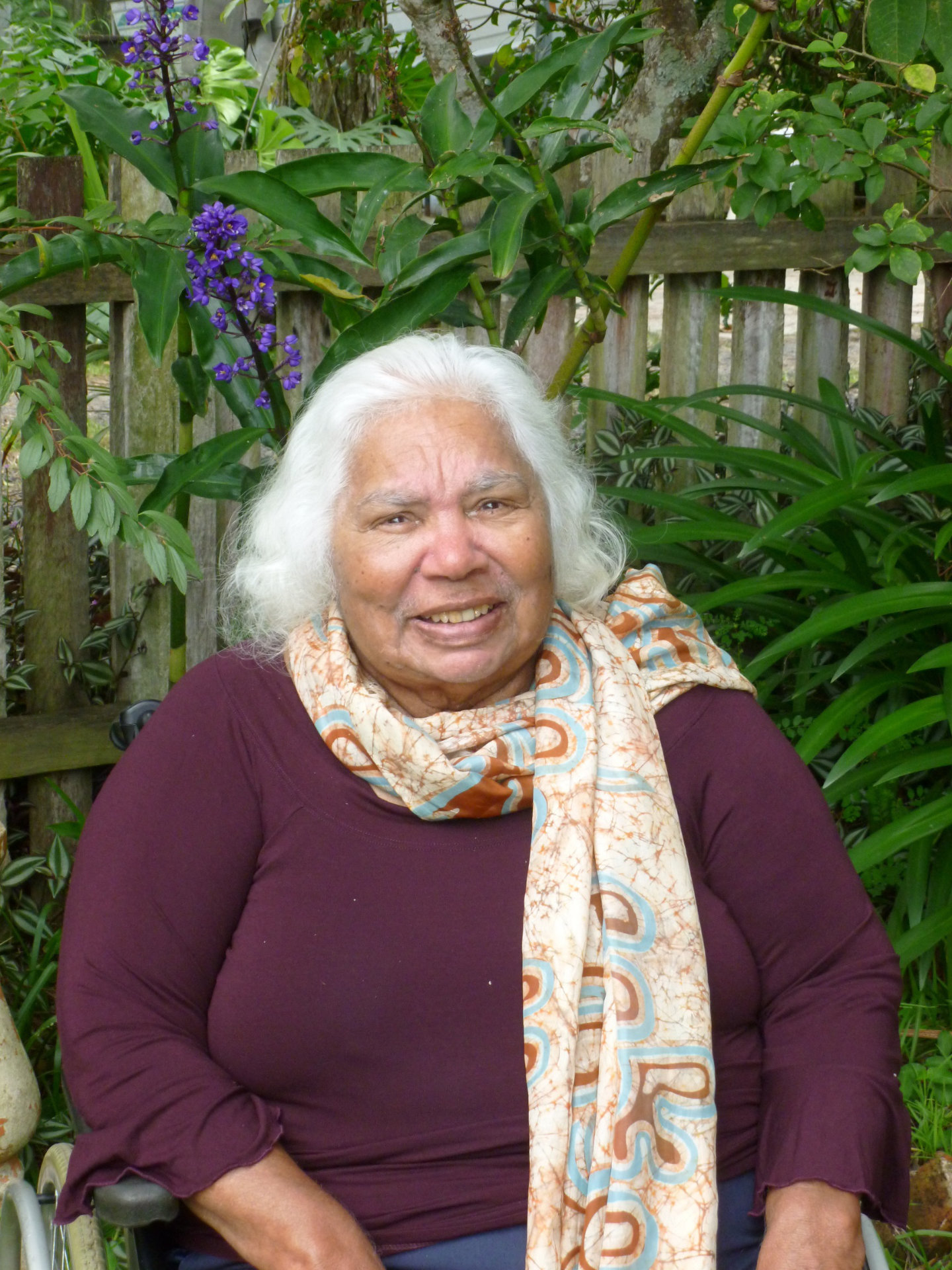
We campaigned in support … but it must be remembered that the majority of our people did not have a say in this vote about us.
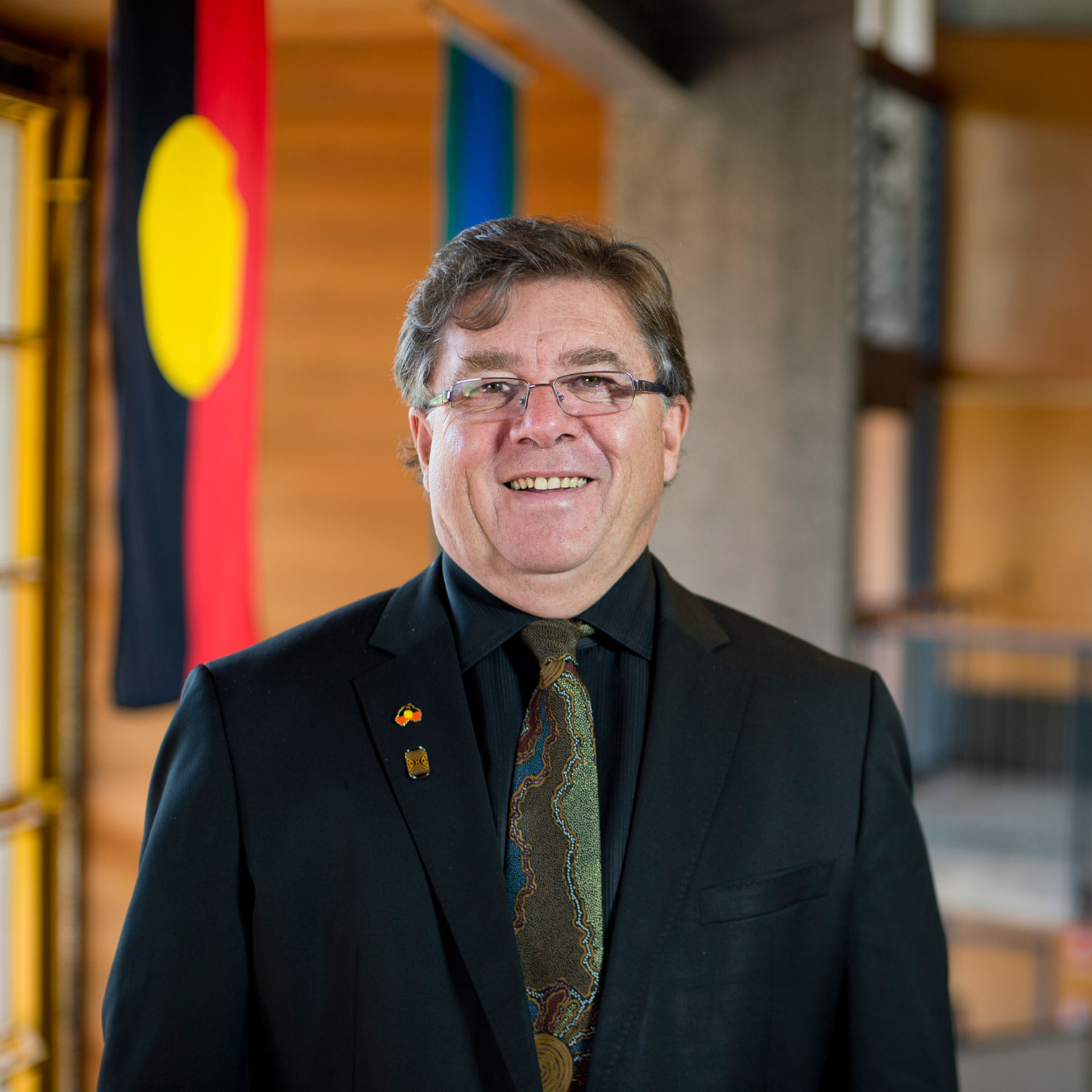
The overwhelming ‘Yes’ vote would be short lived … with the realisation that nothing would change to improve the health and well-being of Indigenous people.
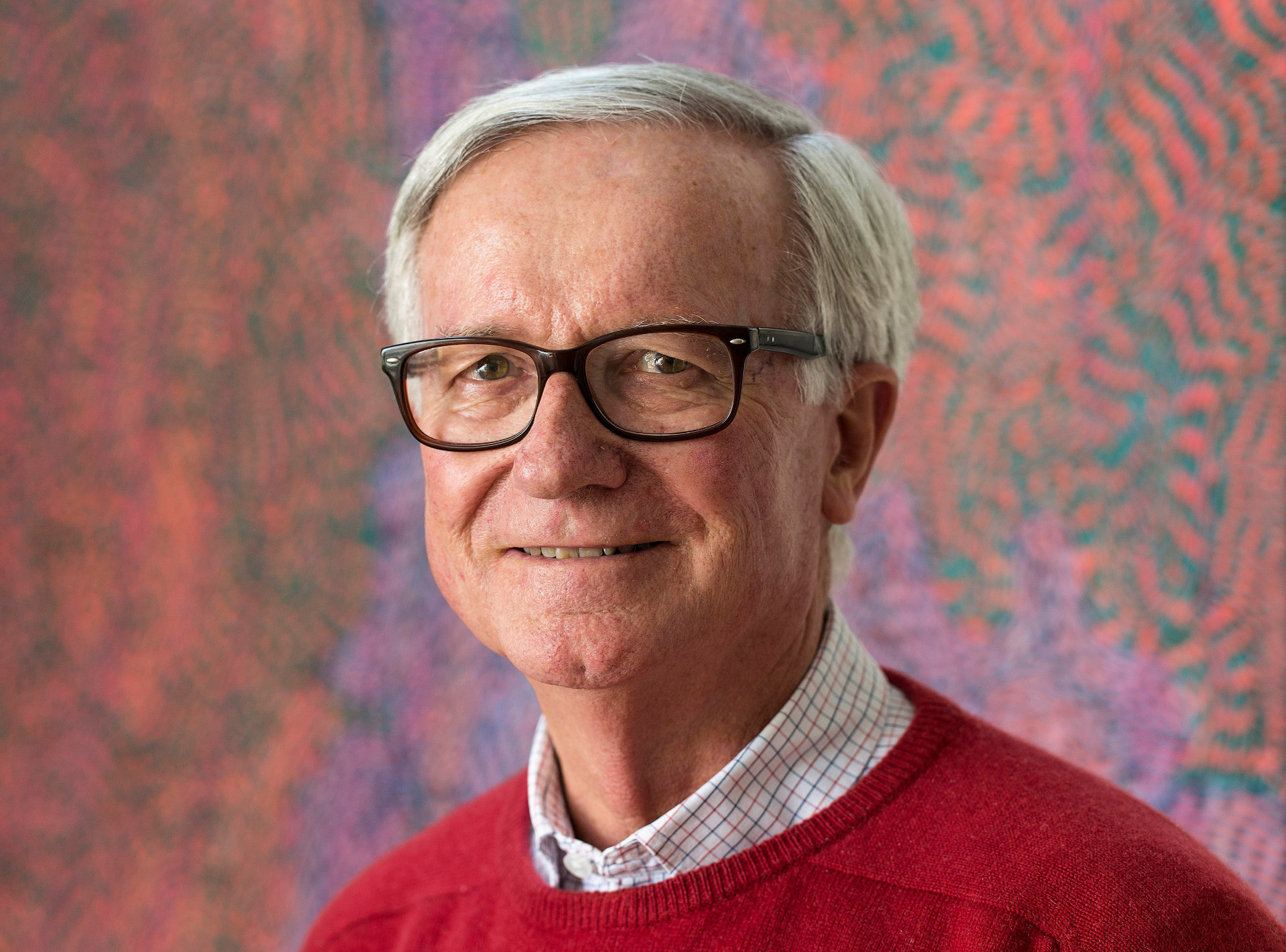
1967 remains a wonderful reminder that we can, as Australians, be generous in undoing past wrongs and put aside partisan divisions.
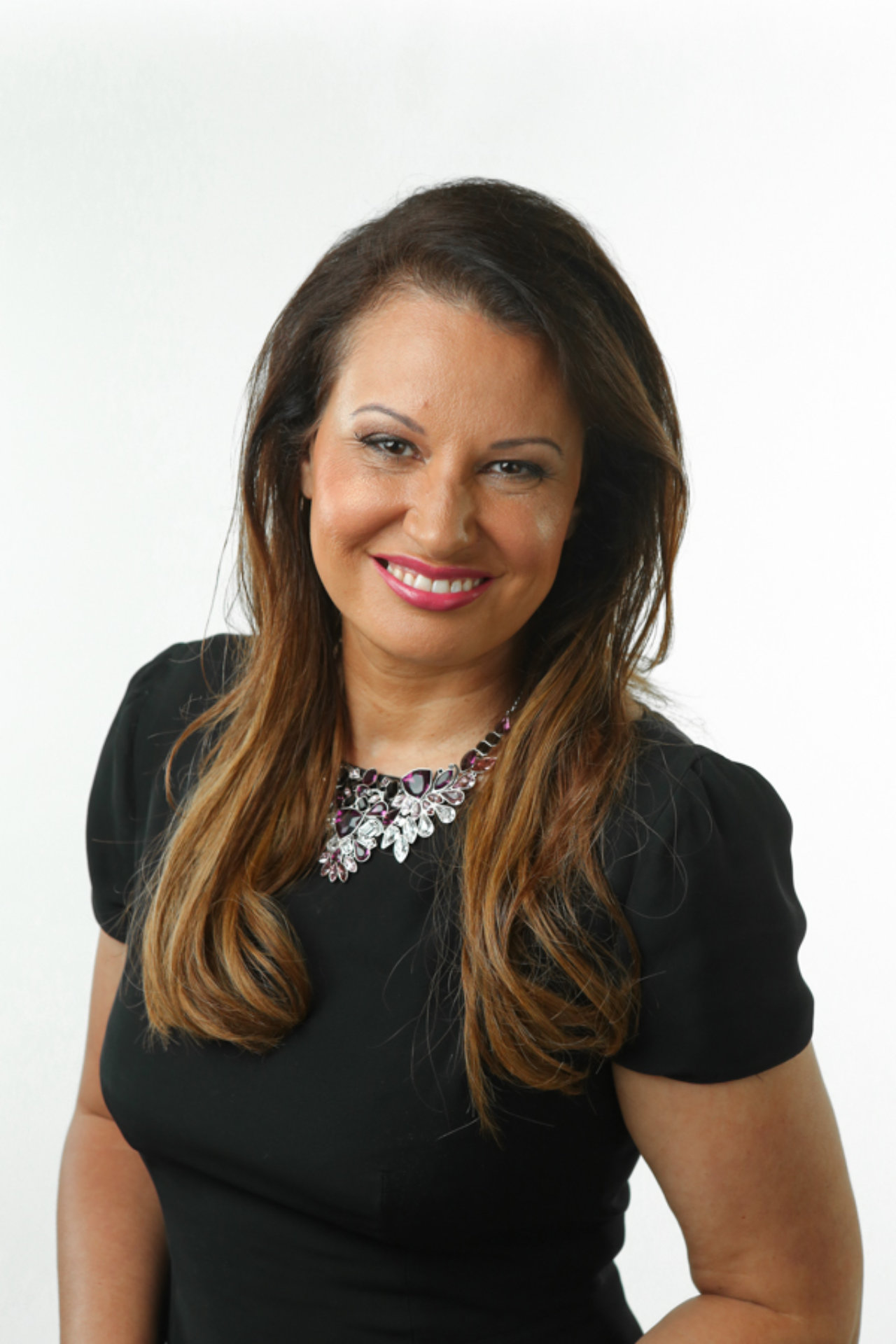
The referendum serves as a reminder that we can come together with a shared vision for a fairer and more inclusive society.
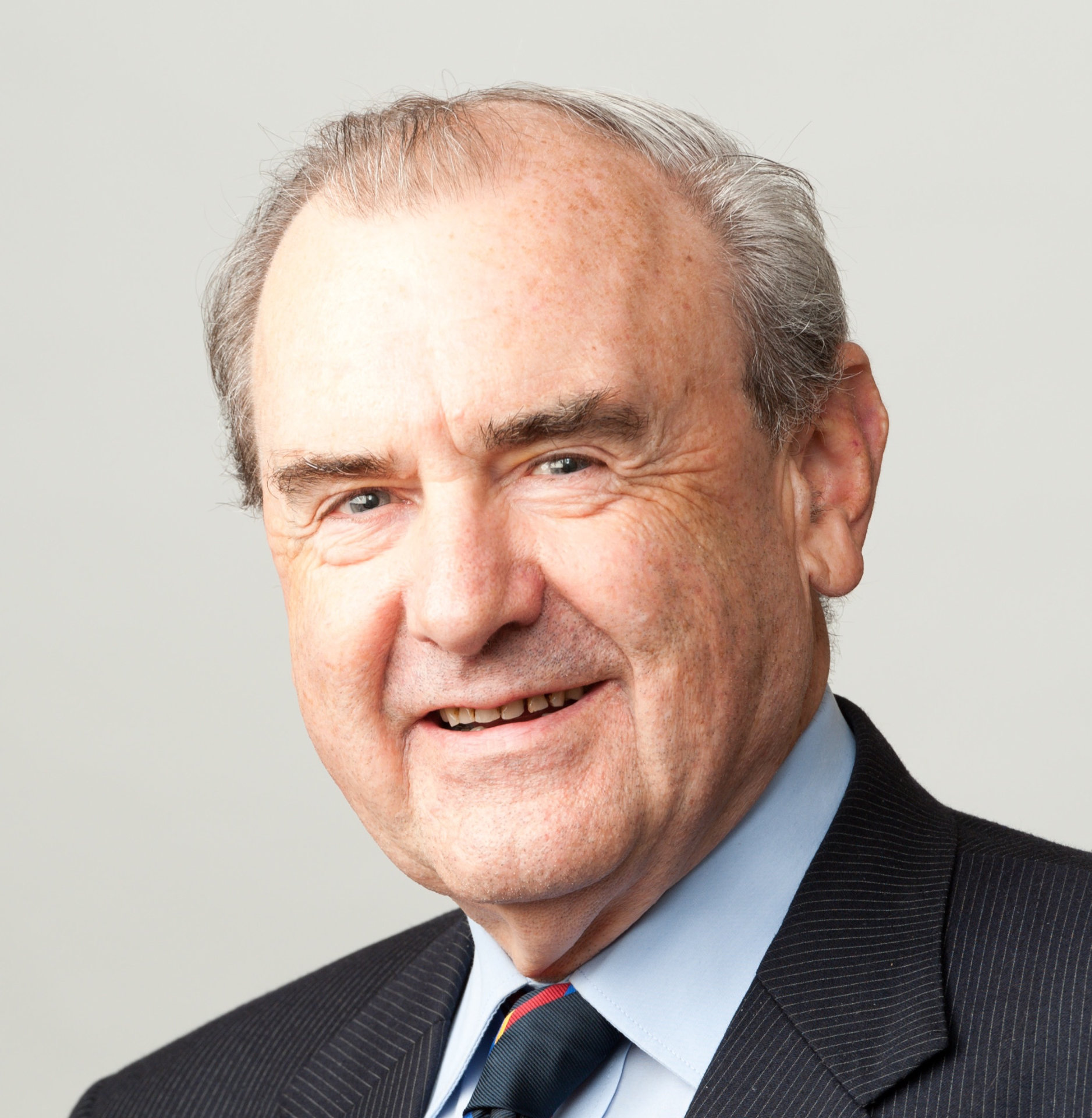
The outcome was a further necessary step towards equality … but it was a step in a journey that still has a considerable distance to go.
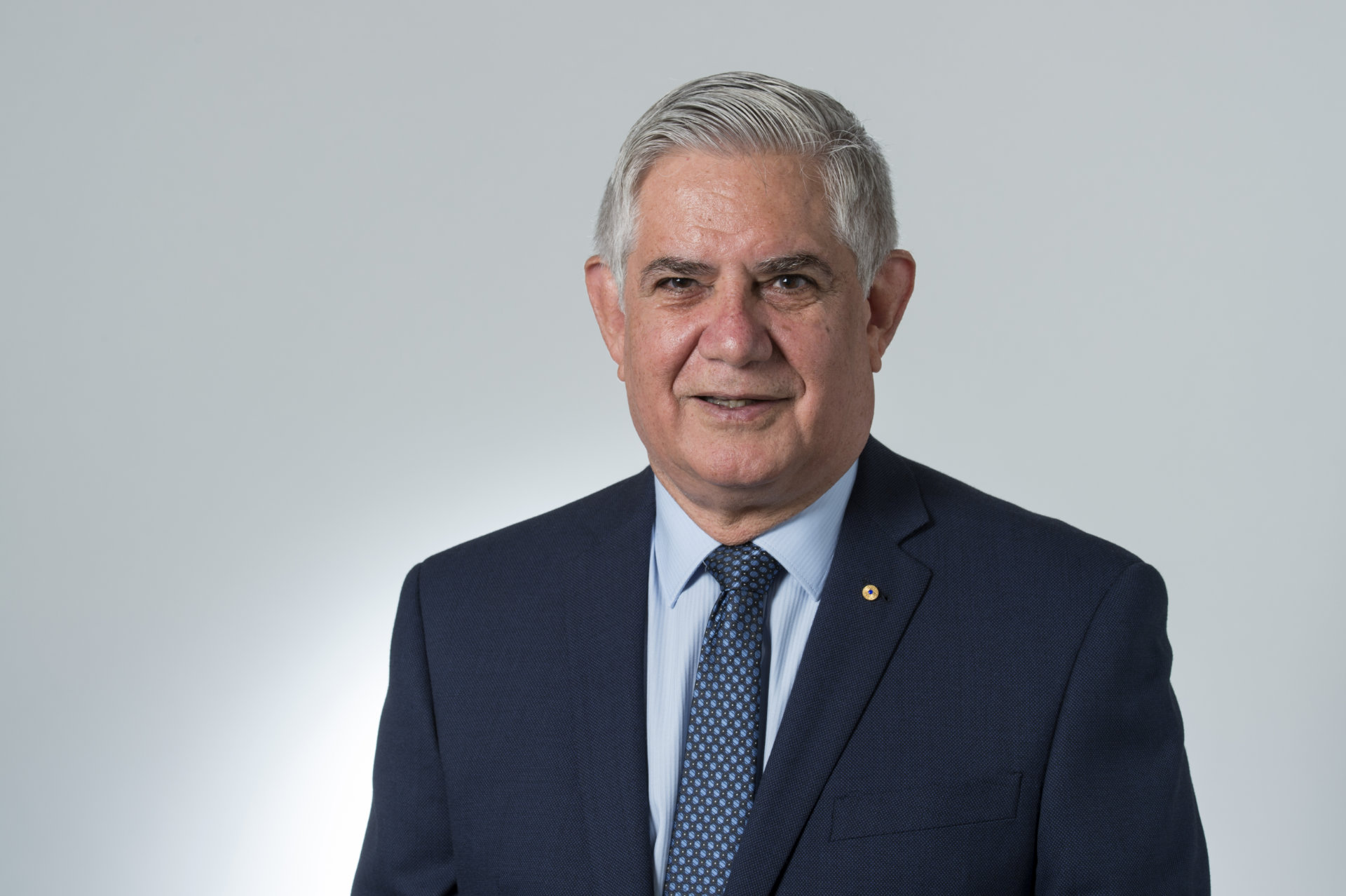
There is still much to be done and I hope that Australians support constitutional recognition with the same spirit and generosity as they did for the 1967 referendum.
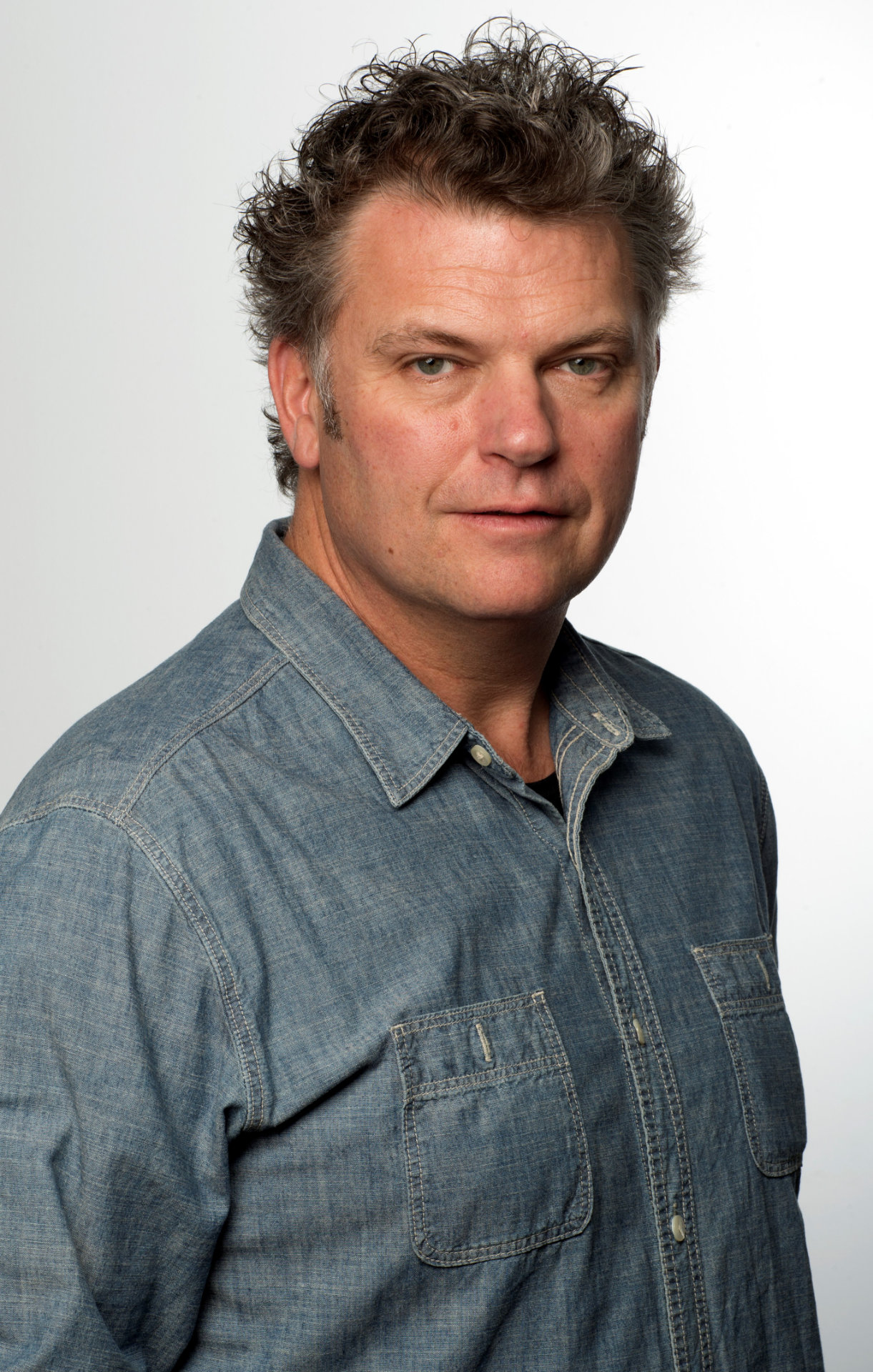
1967 must never be seen as an end in itself, but a beginning that we, as a nation, have, tragically, failed to so far capitalise on.
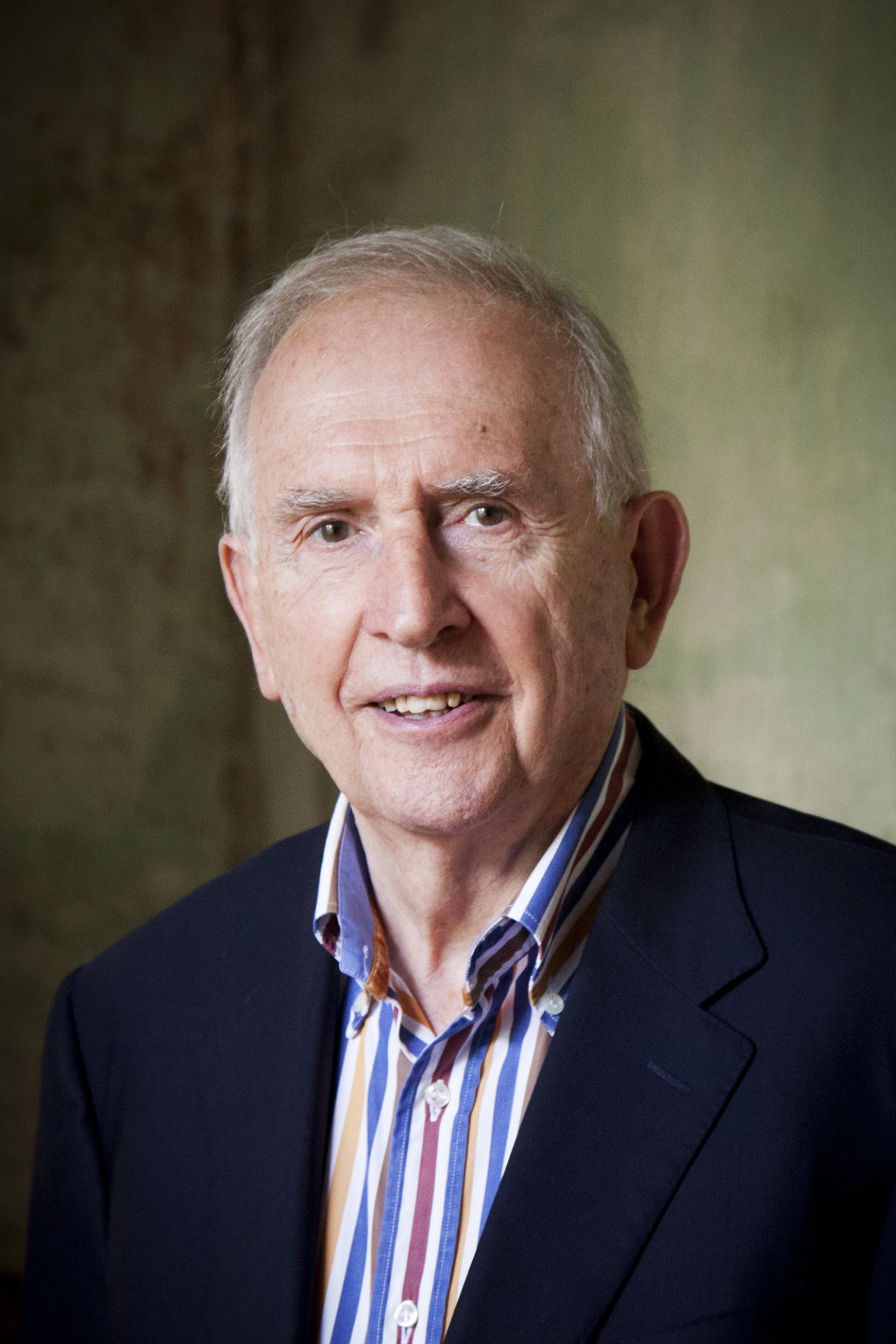
When we debate contemporary issues involving the rights, needs and wellbeing of Indigenous people, we should remember this moment in our history.
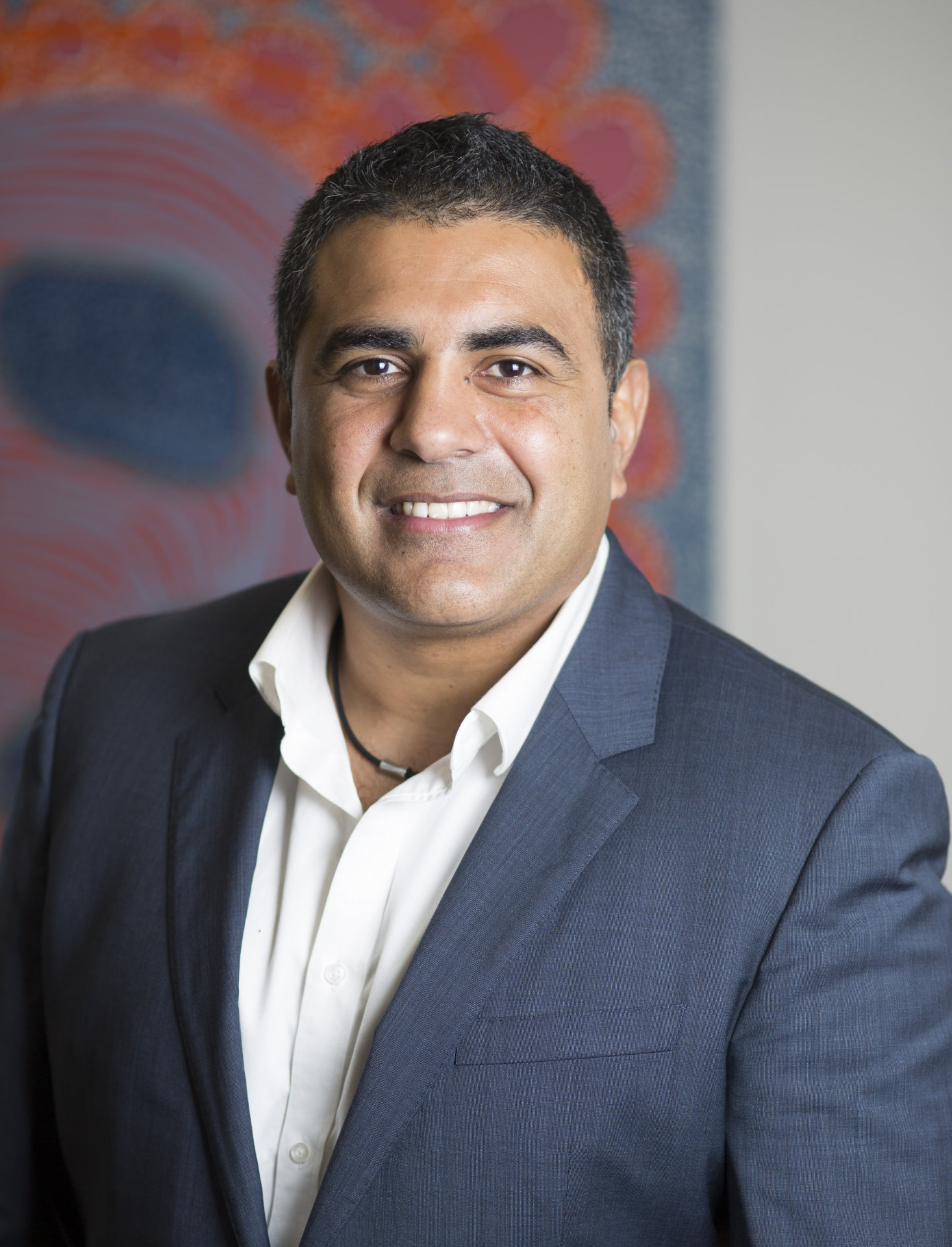
50 years ago, the majority ‘Yes’ vote demonstrated … that we are stronger when we stand together.
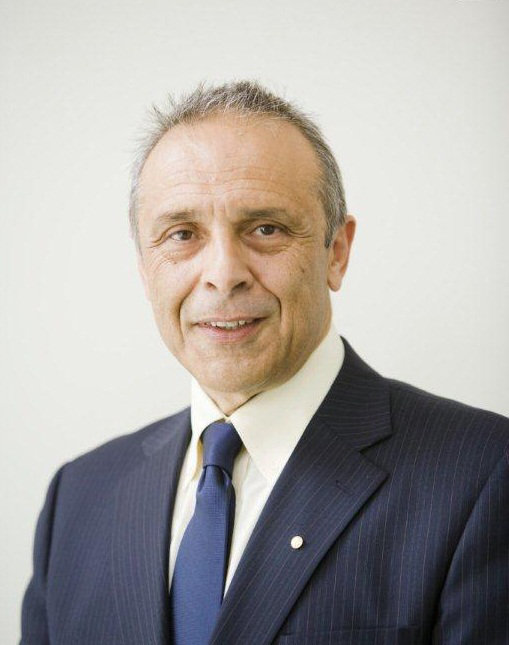
Many turn to the success of the ’67 referendum, on its 50th anniversary, as a blueprint for the future.
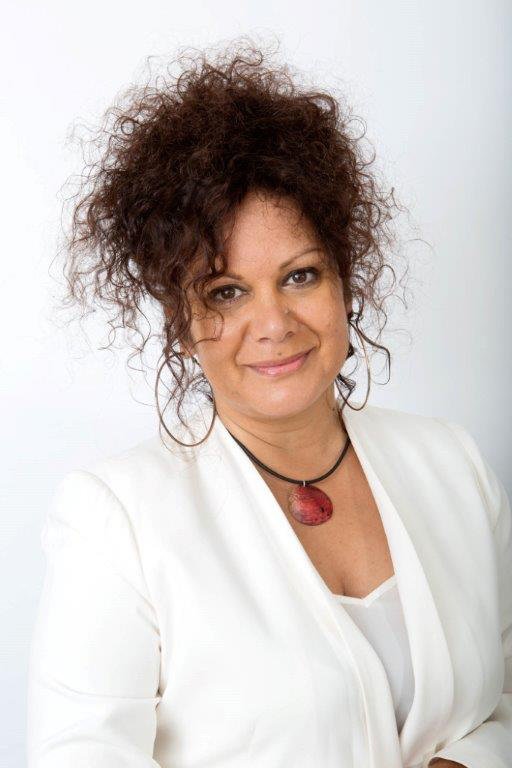
As our country reflects on how far we have come … we also need to ask just how valued is the vote to Indigenous Australians today.
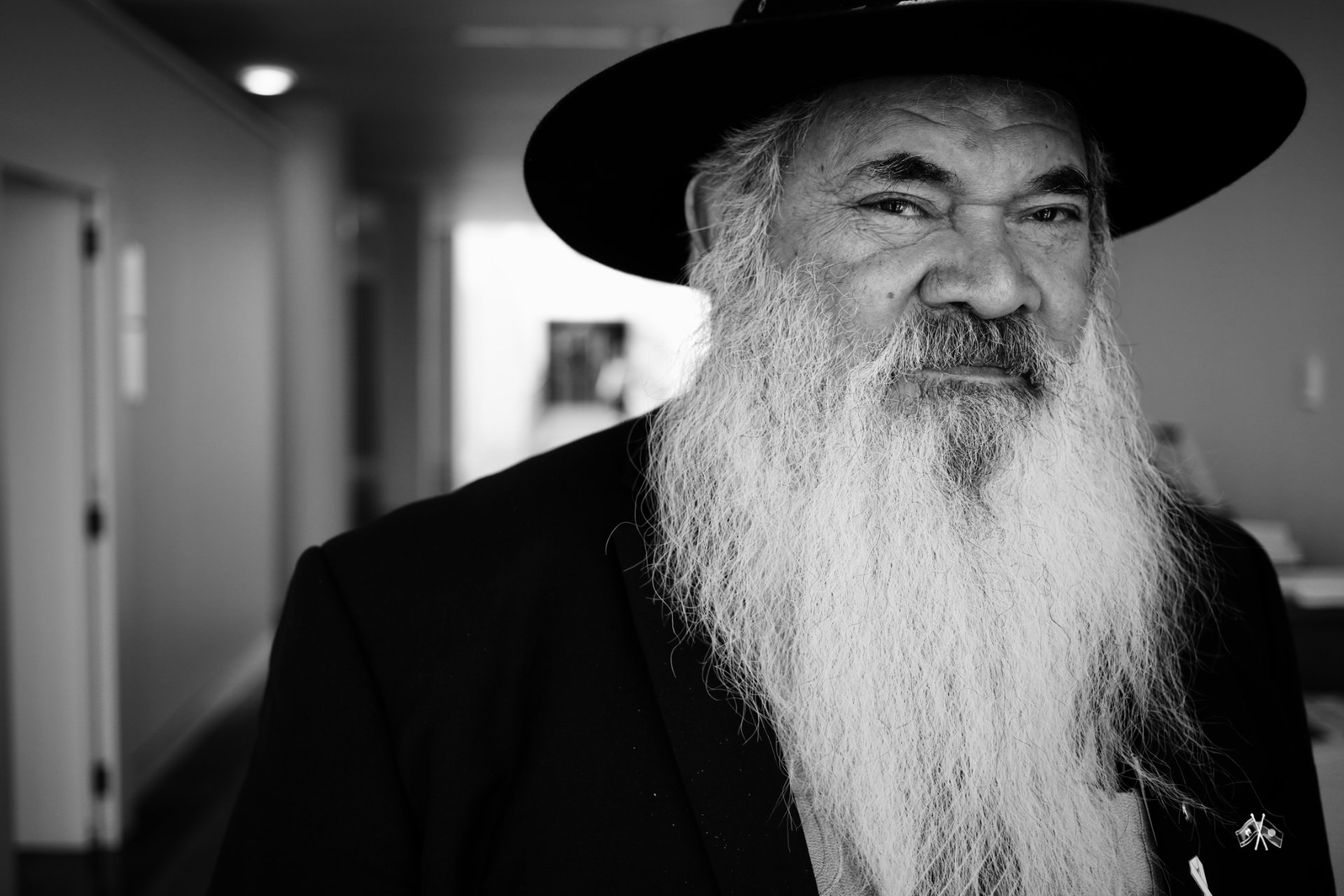
This was a moment when the ‘dying race’ myth was gone forever. It was a time of turbulence, when our voices were now being heard.
At last, federal laws could override state laws and the old colonial system was abolished.
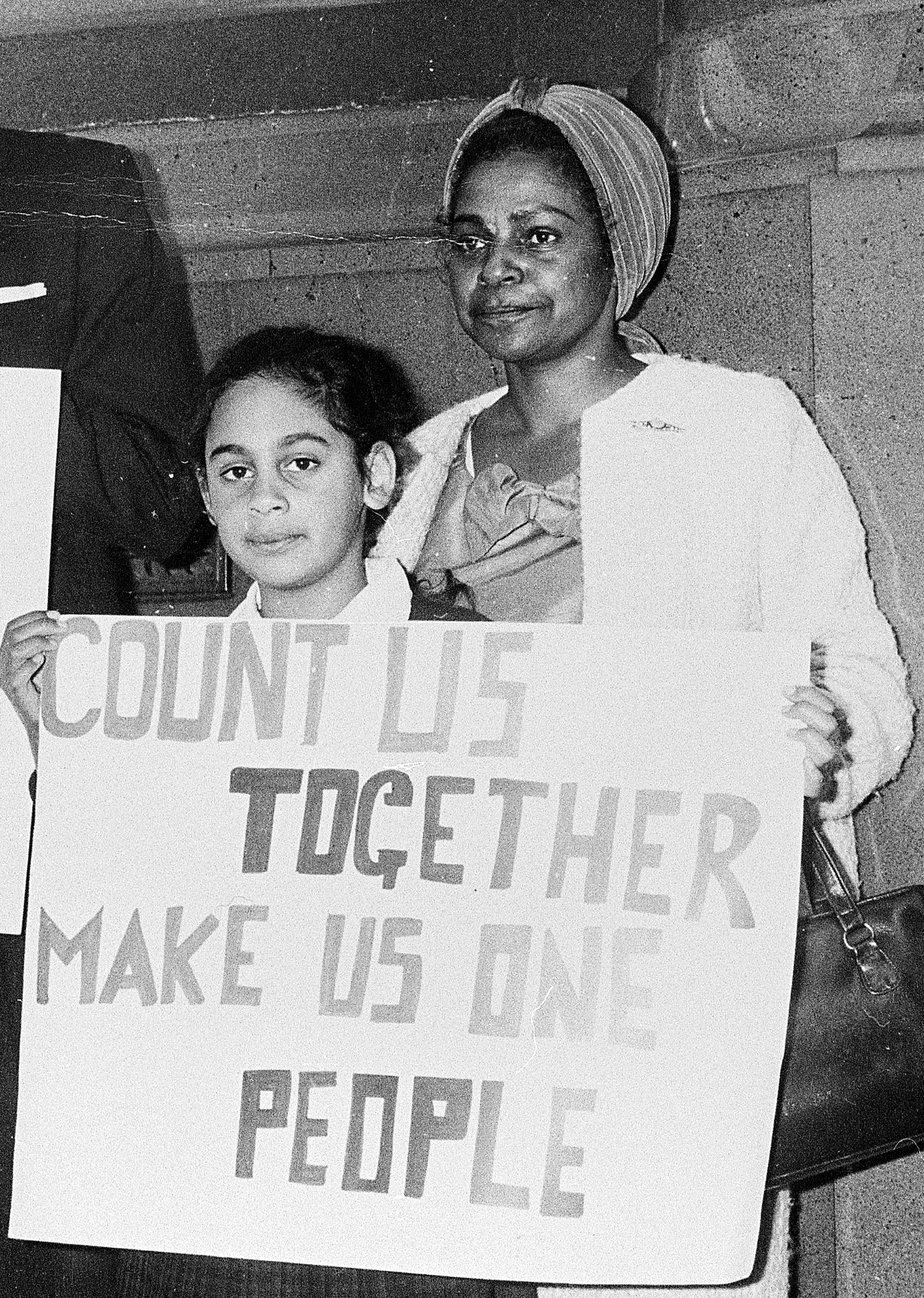
We now have a generation who has never known what it is to be locked away on a reservation … what it is to be controlled by white administrators.

So much of what was to come later – the rise of Aboriginal people’s political activism, the Land Rights Act, Mabo, even the Apology – was impelled or inspired by the 1967 referendum.
The referendum was for me one important step in awakening Australians at large to our existence and place in Australian society. Through 1965 and 1966 I was involved in speaking engagements around greater Sydney at church groups, Rotary, Apex, Lions, Business and Professional Women’s Association and a CWA conference. For the great majority of the leaders and members of these organisations I was the first Aboriginal person they had ever met. I was greeted with cordiality everywhere and made some lasting friends. It was no surprise to me that this generation of Australians who I had encountered at these speaking engagements would carry this referendum.
This was a determination by Australians at large about us. We campaigned in support of the referendum but it must be remembered that the majority of our people did not have a say in this vote about us. In 1967, enrolment to vote was for us voluntary and, as I found as an independent candidate for the NT Legislative Council electorate of Stuart in October 1968, very few of our people were enrolled. Not that it would have had much bearing on the 1967 referendum as, having moved to Alice Springs in February 1967, I as with all Territorians had no vote at a Commonwealth referendum. It remains the case to this day that in the absence of treaties with our nations the Constitution amended by the 1967 referendum left us only one step forward in the determination of our rights and our place in Australian society.
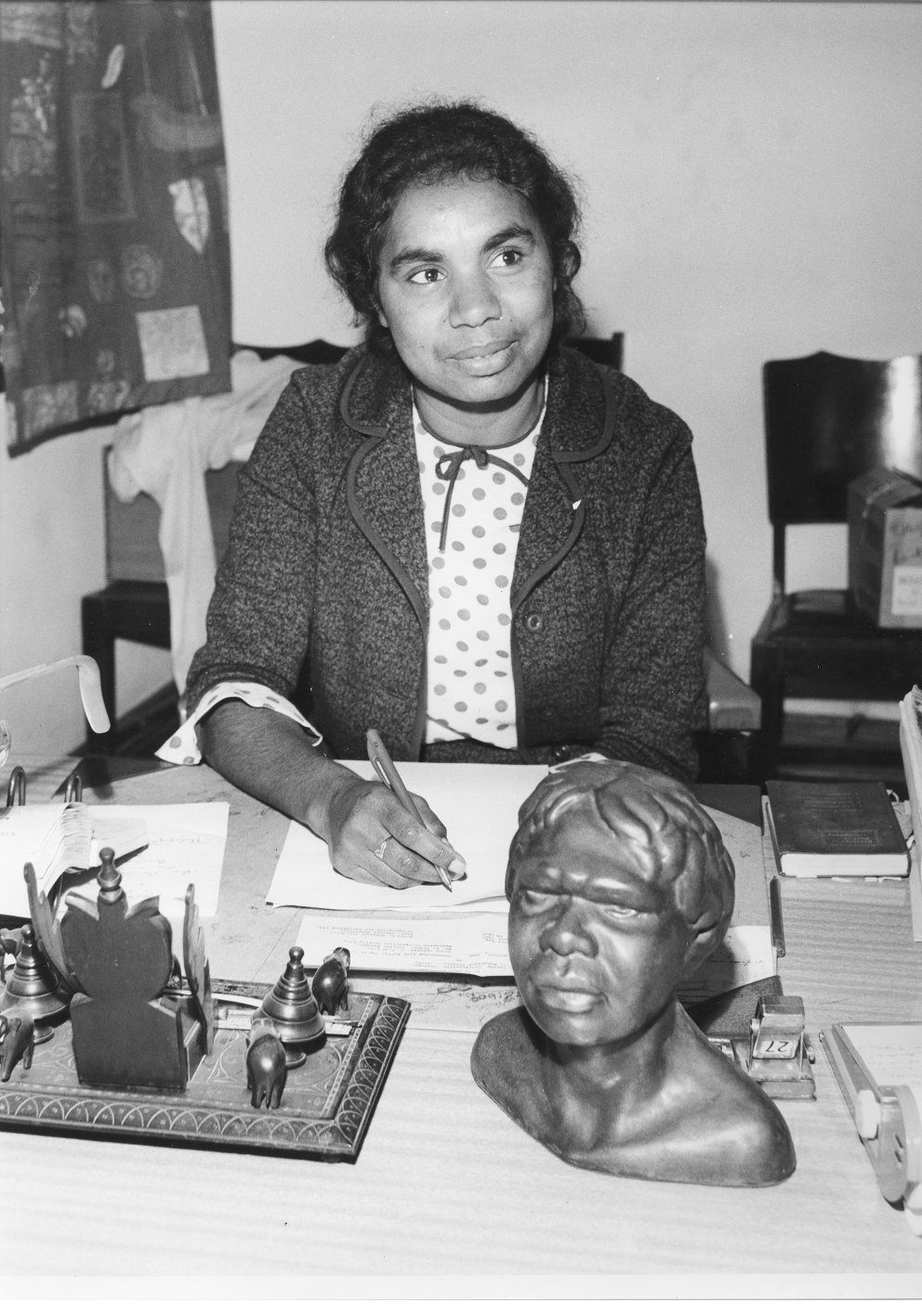
The 1967 referendum remains as one of the most significant moments in Aboriginal political history. Sadly, the euphoria and joy carried by Indigenous people and their supporters with the overwhelming ‘Yes’ vote would be short lived. The high hopes for Indigenous reform quickly turned to despair with the realisation that nothing would change to improve the health and well-being of Indigenous people.
But the referendum, in its failure to deliver anything other than symbolic recognition, ignited a whole generation of young, energised and articulate Aboriginal activist leaders. They carried the torch of change for the next two very significant decades.

In 2017 as in 1967, I regard the 1967 referendum as one of the really important steps in redressing the inevitable destruction of Aboriginal peoples that flowed from European settlement. I came to consciousness of Aboriginal people, their circumstances and status in the 1950s. Australia was, in many respects, legally as well as physically segregated; Aboriginals were not counted in the census, in many places could not vote, were subject to extreme bureaucratic controls over where they could live work and marry. These things were gradually peeled back and the ’67 referendum was one of the key milestone changes. By 1967 I was politically active as well as engaged with Aboriginal people through legal practice as well as politics.
I remember it as a celebratory day where all of us on polling booths from whatever party were handing out the same how to vote cards for the referendum. Whatever the substance of the referendum the feeling on the polling booth was that this was about admitting Aboriginal people to full citizenship, there was an overwhelming feeling of goodwill. When the count showed nine out of ten Australians had voted for this, the sense of celebration was confirmed. Since then there have been other milestones and the High Court Mabo decision in 1992 was even more significant in that it gave legal recognition to rights flowing from Indigenous peoples own law and culture. This has more fundamentally changed the balance between the new arrivals and the dispossessed. But 1967 remains a wonderful reminder that we can, as Australians, be generous in undoing past wrongs and put aside partisan divisions. It is a very positive bit of our history as a nation.

The important thing I like to celebrate about the 1967 referendum is that it was a moment when 90.3 per cent of Australians voted ‘Yes’ for a change they believed would improve the conditions of Indigenous Australians. It was a moment when an overwhelming majority of Australians from a diverse range of backgrounds believed that Australia would be a better country if something positive was done to improve the lives of Indigenous Australians and this was achieved at a time when racial discrimination and segregation was much more pronounced in our society. In this way, the referendum serves as a reminder that we can come together with a shared vision for a fairer and more inclusive society and that feels like an important message in our contemporary society.

The 1967 referendum revealed above all the desire of the Australian people to enfold the descendants of Australia’s first peoples into the family of the nation, by removing any suggestion in the Constitution to the contrary.
The vote was a response of the most positive kind to the strongly and repeatedly expressed views of many Indigenous Australians, using their democratic rights, that they should be so included and respected. The outcome was a further necessary step towards equality following the legal establishment of federal voting rights in 1962, but it was a step in a journey that still has a considerable distance to go.

I was 15 years old at the time of the 1967 referendum, but I remember the campaign and the messages that influenced Australians to support the referendum and give a focus to Aboriginal and Torres Strait Islander people.
Interestingly, as time has lapsed the mixology the 1967 referendum delivered has been the basis for hope and aspiration for a better outcome in the lives of all Indigenous families. Sadly, after 50 years, there is still much to be done and I hope that Australians support constitutional recognition with the same spirit and generosity as they did for the 1967 referendum.

Nineteen sixty-seven was a remarkable achievement for those, black and white, who so tirelessly fought for it. Fifty years later it stands, unfortunately, as an unrealised basis for all that hasn’t followed. Our First Nations people are the oldest continuing civilisation with some 60,000 years of habitation of the richest continent on earth. Yet they remain among the world’s most impoverished, socially and economically disadvantaged.
Would 90 per cent of Australians vote to afford Indigenous people such basic rights today? Sadly, I fear not – as, clearly, do our politicians. So, 1967 must never be seen as an end in itself, but a beginning that we, as a nation, have, tragically, failed to so far capitalise on.

The 1967 referendum that recognised Indigenous Australians as full participants in Australian society was the most dramatic demonstration in our history of how prepared we are to right wrongs when we are encouraged to do so by leaders who adopt a bipartisan, apolitical approach. Of course, Indigenous Australians should have been recognised in this way long before they were, but at least we embraced the fundamental principles of justice, fairness and equity when we were finally given the opportunity.
And yet … there was always a risk that the 1967 referendum might produce a dangerous complacency – ‘oh, we’ve dealt with that now’ – that could actually slow progress in the righting of other wrongs. So, when we debate contemporary issues involving the rights, needs and wellbeing of indigenous people, we should remember that moment in our history as an inspiring reference point.

The 1967 referendum is a moment in history that asked all Australians to contribute to our shared national identity. It asked the question of who we are, and who we want to be. When Australians went to the polls 50 years ago, the majority ‘Yes’ vote demonstrated a deep sense of fairness and justice lay in the hearts of Australians, as well as a belief that we are stronger when we stand together.
There is no denying that much work remains ahead to achieve reconciliation between Aboriginal and Torres Strait Islander Australians and other Australians. However, moments like this in history provide hope for all Australians to imagine a shared future together.

The result of the 1967 referendum was the first of many steps towards healing and reconciliation with Indigenous Australians. While the referendum itself encompassed modest reforms – the overwhelming public support, passion and activism demonstrated by Australians for issue defines it as a remarkable point in history.
Although the referendum set a symbolic new benchmark for Indigenous relations and policy, it is important to remember that there is still some way to go in the journey towards recognition and reconciliation. As healthy debate surrounding the issue of constitutional recognition of Indigenous Australians continues, many turn to the successes of the ’67 referendum, on its 50th anniversary, as both a blueprint for the future and as a deeply significant reminder that in Australia, the will is there. The will is there for all Australians to continue to work towards social cohesion and harmony in partnership and respect for our rich Indigenous cultures – the will is there to make change.

The 1960s was the decade of the land rights movement and a time of sweeping change for Aboriginal rights across Australia. In 1963 the Yolngu took their Bark Petition to the Federal Parliament calling for recognition for Yolngu rights to land in discussions over mining. The year 1966 saw Vincent Lingiari and the Gurindji walk off Wave Hill Station in the pursuit of equal pay. All this preceded Australia’s historic constitutional step – the ’67 referendum. Australians were asked to consider the question of whether Aboriginal people should be included in the population count, and whether the Federal Parliament should legislate specifically for the Aboriginal race. On May 27, 1967 Australians voted, overwhelmingly, YES.
Less than a decade later, Prime Minister Gough Whitlam supported the Gurindji in their battle for land rights with the establishment of the Commonwealth’s Aboriginal Land Rights Act NT. The Yanyuwa people, my people, were the first under the NT Land Rights Act to claim land. That battle took a further 40 years to finally win. The Mabo decision of 1992 overturned the ruling of Terra Nullius – a land belonging to no one. This led to the Commonwealth Native Title Act in 1993. In this 50th year of the 1967 referendum, as our country reflects on how far we have come since that momentous day, we also need to ask just how valued is the vote to Indigenous Australians today.

I was a schoolboy at Monivae College in Victoria when the 1967 referendum was passed overwhelmingly by the people of Australia. I remember feeling this was a moment when the ‘dying race’ myth was gone forever; when our people were at last recognised as part of the Australian people in our own right.
It was a time of turbulence, when our voices were now being heard. I recall Kath Walker’s words at the time that ‘we had won something … we were visible, hopeful and vocal.’ There was a sense in the air of high expectations and that the Federal Government would now start to fix things.

In 1901, when the new national constitution came into effect, the colonisation of Australia had reached its final stage – securing the stolen land – by declaring the previous owners a dying race. Based on this assumption, the separate colonies each had their own Aboriginal Protection and Preservation laws, introduced in the 1890s. For more than half a century, officers with the title ‘Protector’ administered these policies. In most districts this was added to the duties of the local policeman or missionary. Protectors had extraordinary powers. Some of them acted in good faith but, by and large, they presided over a regime of humiliation and captivity.
A program of enforced assimilation saw children taken from their parents, local languages suppressed and even murder condoned. The system remained in force until the 1967 referendum removed the two racist clauses in the Constitution. At last, federal laws could override state laws and the old colonial system was abolished. It’s right to say that a great deal remains to be done, but this successful referendum was a big step forward.
The referendum was very important to me, it was more important than any other issue that had to do with the Aboriginal people … it was Jessie Street’s idea that all those state laws should be abolished once and for all and it was she who drafted the first petition for the referendum. So very few people understood at the time why we were pushing for a referendum, but it was mainly to get Federal resources available to solve the housing problem, the medical problem and so forth and so on. We used a petition and the petition brought people from many different walks of life forward and I guess it also brought people forward who often wondered what they could do anyhow. And true, it is said today by some of the young Blacks, ‘Oh well, it eased the whites’ conscience.’
But even if it did, and I’m sure it did, and that’s what the petition probably did, the overwhelming result has just been wonderful. I feel today that it (the referendum) isn’t understood by contemporary black people. Because we now have a generation who has never known what it is to be locked away on a reservation, we have a generation who has not known what it is to be controlled by white administrators. But they should be told and they should read about it and know more about that area of their history because it turned the tide in no uncertain way, in no uncertain way. But it did more than that. I think the very fact that that petition was presented in the House for 10 years, in the Federal Government’s House for 10 years, every day the Parliament sat, someone would hop up with the petition and, as Menzies said, ‘You people have made history, you even got me to present your petition.’

One of the key defining moments in our history over the last century was the overwhelming ‘Yes’ vote in the constitutional referendum on the rights of Indigenous Australians. It was an event that announced a ground shift in mainstream attitudes to the nation’s first peoples, and a desire to deal with what WEH Stanner judged to be ‘the Great Australian Silence’. Altogether, these changes have shown faith with the idea of a shared and just future, which it is now our responsibility to realise.
